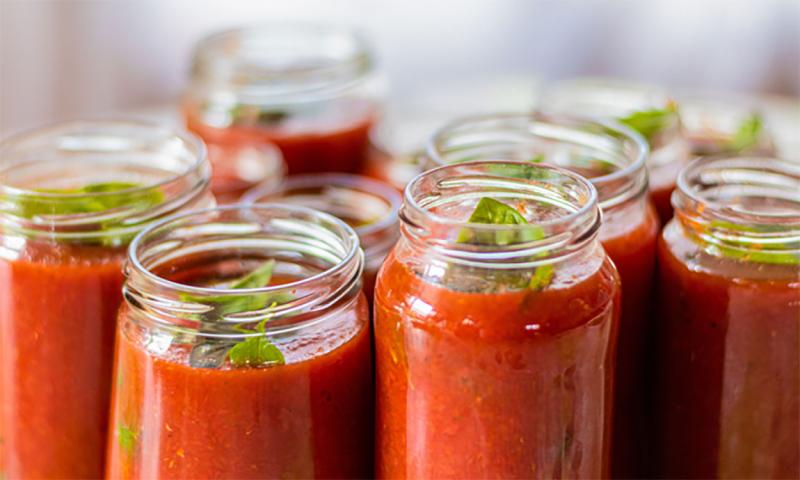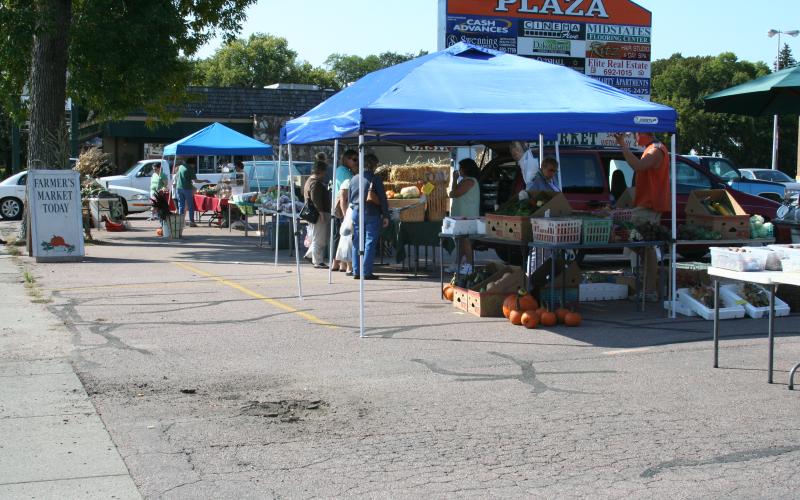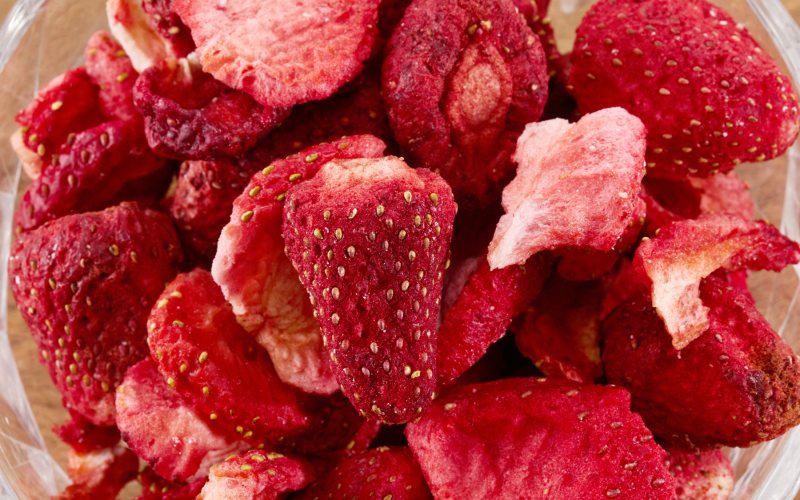Written by Abigail Lambert, SDSU Extension Food Preservation Intern, under the direction and review of Curtis Braun.
When choosing a food preserving method, it’s important to investigate the science behind the process and choose a method that has been researched and proven safe. This is especially important when it comes to canning. Currently, the National Center for Home Food Preservation recommends water bath and steam canning for high-acid foods and pressure canning for low-acid foods.
Factors Influencing Product Safety

The safety of processing methods can be influenced by the processing time, processing temperature, the product’s pH level, ingredient substitutions, amount of ingredients and jar size. Bacteria and toxins can form in food that is preserved incorrectly and cause foodborne illnesses.
Additional information regarding the science behind modifying canning recipes and the risks associated can be found in our article, Modifying Canning Recipes.
Below is a list of alternative canning methods and the science behind the food safety concerns. If the proper temperature and processing time isn’t achieved, bacteria will not be killed, resulting in a risk for foodborne illness if the food is eaten.
Unsafe Canning Practices
-
Dishwasher Canning
Processing jars in the dishwasher is unsafe, as there is little control over the temperature, pressure and processing time. The wash and rinse cycles do not get up to the appropriate temperature to kill harmful bacteria. -
Inversion Canning
Once recommended by many accredited organizations, inversion canning is another method that has since been proven unsafe to use. Inversion canning consists of boiling food before placing it into clean jars and securing the lid and band. Once secured, the jar is inverted (flipped upside down) and left to cool for several minutes before placed right side up. The thought behind the method is the hot food will sterilize the seal while creating a vacuum by allowing air to escape. This thinking has since been disproven, as the food in the jar doesn’t reach a high enough temperature for the appropriate amount of time to ensure food safety, and it can compromise the seal. -
Open Kettle Canning
This canning method was once recommended in the early to mid 1900s, but with more research, has since been proven to be dangerous to food safety. With open kettle canning, food is first heated in a kettled, then placed into jars with a lid quickly put into place. The jars are then allowed to sit and cool with no further processing. Although jars may seal using this method, bacteria are not destroyed and can easily grow and multiply in the “sealed” jar, resulting in spoilage and a higher risk of foodborne illness. -
Oven or Microwave Canning
Oven and microwave canning are both dangerous preservation methods. There is no standard temperature among microwaves, and many have different heating properties. Heat distribution may be uneven in both pieces of equipment, especially in the oven, which uses dry heat. This type of heat is slow to penetrate jars. No reliable research has been published regarding if there is a temperature or processing time that produces safe canned food in the oven. In addition, canning jars were not made to withstand dry heat and may crack or explode if processed in the oven.
-
Pressure Cooker
Pressure cookers (not to be confused with pressure canners) were not made specifically to can food. Instead, they are made of less metal, are smaller in diameter and use less water than pressure canners. These differences reduce the canner’s processing pressure time, meaning it’s able to get up to and come down from pressure faster. Although this may be seen as a positive, the difference in time can compromise the safety of the food. The come-up and cool-down times contribute to the temperature and total processing time that the USDA considers when determining processing times for low-acid foods. In a pressure cooker, the heat of these periods is reduced, because the total processing time is reduced. Although pressure is an important part of raising the temperature, the high sustained temperature is ultimately what kills foodborne illness, causing bacteria and spores. Due to the decrease in time and heat for the come-up and cool-down periods, the heat during the processing time may not be enough to destroy bacteria and make the food safe to consume. -
Slow Cooker
A slow cooker is not recommended to can foods. Slow cookers do not achieve a high enough temperature to kill off harmful bacteria. -
Sun Canning
Although the sun can be used to dry foods in hot, dry climates, using the sun to process jars is not recommended. Although a full summer sun can be hot, it doesn’t produce high enough temperatures to kill bacteria in foods and may not distribute the heat evenly throughout the product.
References
- National Center for Food Preservation. (2015). Burning Issue: Canning in Pressure Cookers.
- Nichols, J. (2016). Downright Unsafe Canning Methods.
- Laborde, L. (2015). Canners and Canning Methods that are Not Recommended.
- Ingham, B. (2021). The jar sealed, is the food still safe? (and other questions).


